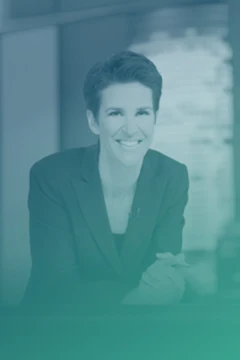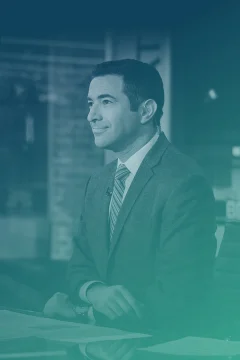It’s hard for me, a former child superfan of “Sesame Street,” to write about the show without sounding mawkish. It’s even harder now that I’ve got two small children of my own. So I might as well admit that when I first heard Netflix was swooping in to save the beloved children’s program from the brink of financial ruin, and that new episodes would run on the streaming service at the same time they aired on PBS, it felt like getting a good health prognosis after a worrisome scan.
For a lonely little kid growing up in the sticks, ‘Sesame Street’ was my only portal into lives lived by other children.
I grew up on an unpaved road outside a town of 1,100 people, a place so remote that when I was a kid, we couldn’t have gotten cable TV installed if we’d tried. We did have an antenna on top of our house that could pick up five television channels from the Twin Cities, though: one of them PBS.
For a curious but ultimately kind of sheltered and lonely little kid growing up in the sticks, “Sesame Street” was my only portal into lives lived by other children and the excitement of cities, and it was my evidence of the existence of people who weren’t white and rural.
“Sesame Street” wasn’t made with kids like me front and center; its creators deliberately crafted the show to reach underresourced kids in urban areas. My parents read books to me every night and even acquiesced to my nerdy requests for preschool workbooks. But the effect “Sesame Street” had on me was distinct from anything my parents could do.
“Sesame Street” made racial diversity and kindness look like the way the rest of the world worked. It was the first place that I heard Spanish spoken — courtesy of Maria and Luis, played by Sonia Manzano and Emilio Delgado, respectively. The show was my first exposure to the concept of adoption — when Susan and Gordon Robinson (played by Loretta Long and Roscoe Orman, respectively) adopted Miles (Miles Orman). Since my parents didn’t let me watch sitcoms, the Robinson family was the first Black family I saw dramatized on TV.
I still distinctly remember a 1980s-era interstitial that featured a boy doing tricks in his wheelchair. Bert and Ernie introduced me to the concept of roommates.
The show’s pop music parodies were my primary exposure to pop outside of my parents’ Steely Dan- and Allman Brothers-heavy record collection. The first time I heard Bruce Springsteen’s “Born to Run” out in the world, I thought it was a new version of the “Sesame Street” rendition “Born to Add.” Same goes for Madonna’s “Material Girl.” To me, it was “Cereal Girl” first. The Pointer Sisters’ counting song featuring a pinball machine is stuck in my head right now.

My mom told me Sesame Street was in New York City, and so I decided, at age 4, that I was going to live in New York City one day. (And I did, for several years, including a time in a wonderful part of Harlem that looked an awful lot like Sesame Street and, like Sesame Street, was home to all kinds of people.)











